Home>Storage Ideas>Bathroom Storage>What Is The Best Flooring For A Bathroom?
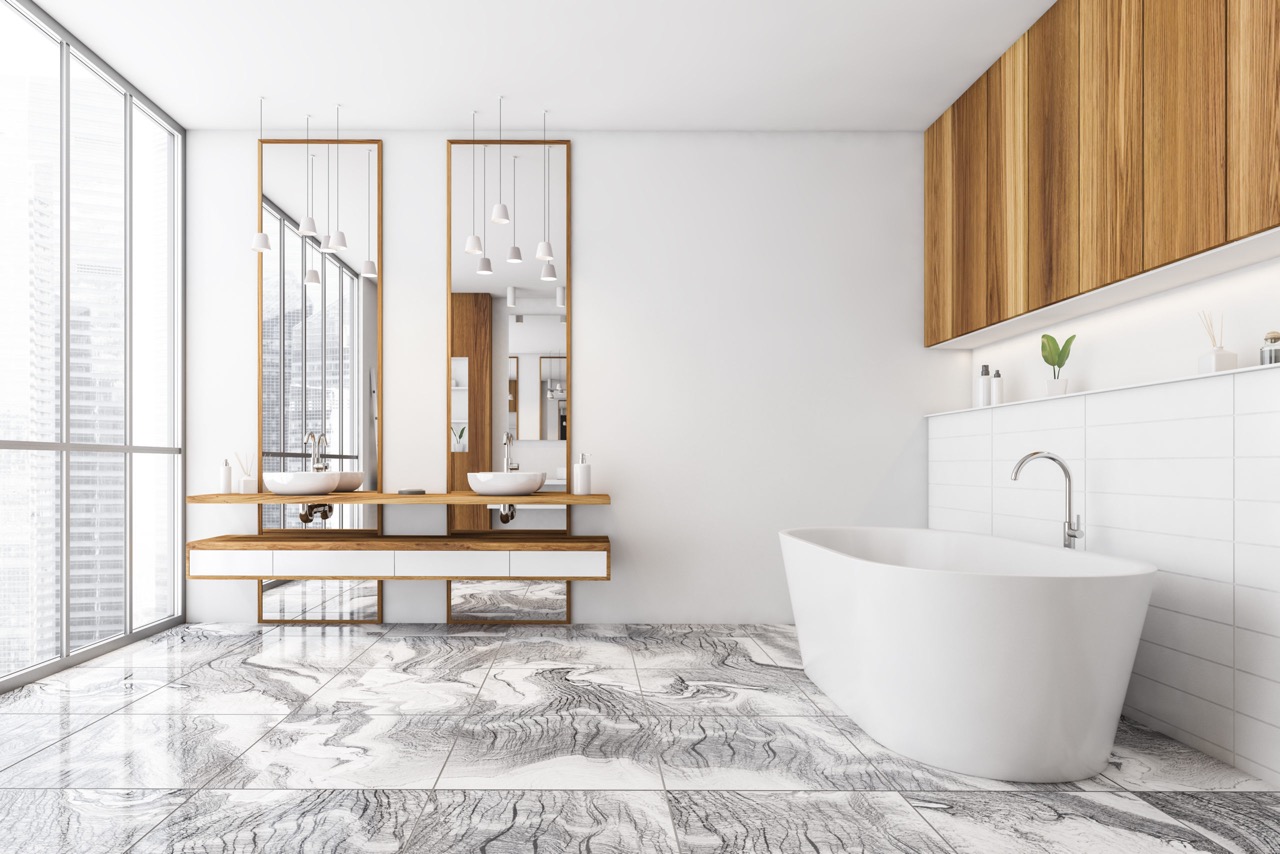

Bathroom Storage
What Is The Best Flooring For A Bathroom?
Modified: January 19, 2024
Discover the top flooring options for your bathroom along with innovative bathroom storage ideas. Achieve both functionality and style with the best choices for bathroom flooring and storage.
(Many of the links in this article redirect to a specific reviewed product. Your purchase of these products through affiliate links helps to generate commission for Storables.com, at no extra cost. Learn more)
Introduction
When it comes to designing or renovating a bathroom, one essential aspect that often gets overlooked is the flooring. However, choosing the right flooring for your bathroom is crucial in terms of both functionality and aesthetics. The bathroom is a high-moisture environment, and it requires a flooring material that can withstand water spills, humidity, and temperature changes while still maintaining its durability for years to come.
In this article, we will explore ten different types of flooring options that are suitable for bathrooms. Each option has its unique characteristics, benefits, and considerations to take into account before making a decision. Let’s dive into the world of bathroom flooring and find the best choice for your needs.
Key Takeaways:
- Choose the right bathroom flooring by considering water resistance, durability, and maintenance. From versatile tile to eco-friendly cork, find the perfect balance of practicality and style for a beautiful and long-lasting bathroom.
- Each bathroom flooring option offers unique benefits, from the elegance of natural stone to the safety of rubber. Consider your specific needs and design preferences to create a functional and visually appealing bathroom space.
Tile
One of the most popular choices for bathroom flooring is tile. Tiles come in various materials, including ceramic, porcelain, and natural stone like marble or travertine. They offer a wide range of styles, colors, and patterns, allowing you to create a customized look for your bathroom.
Ceramic and porcelain tiles are known for their water resistance, making them an ideal option for bathrooms. These tiles have a protective glaze that prevents water from seeping through and causing damage. They are also easy to clean and maintain, which is a significant advantage in a high-moisture environment like a bathroom.
Natural stone tiles, such as marble or travertine, can add a touch of elegance and natural beauty to your bathroom. However, it’s important to note that natural stone requires more maintenance and sealing to protect it from moisture. Additionally, natural stone tiles can be more expensive than ceramic or porcelain tiles.
Tile flooring offers excellent durability, as it can withstand heavy foot traffic and resist stains and scratches. It also provides a cool surface, which can be beneficial in warm climates or during hot summer months.
One consideration to keep in mind with tile flooring is that it can be slippery when wet. To mitigate this, you can choose tiles with a textured surface or use rugs or bathmats in high traffic areas to add traction and prevent falls.
Overall, tile flooring is a versatile and classic choice for bathrooms. It’s available in a variety of options to suit different styles and budgets. Whether you prefer a sleek modern look or a more rustic aesthetic, tile flooring can provide the perfect foundation for your bathroom design.
Vinyl
Another popular option for bathroom flooring is vinyl. Vinyl flooring has come a long way in terms of design and durability, making it a cost-effective and practical choice for many homeowners.
Vinyl flooring is water-resistant, which means it can withstand water spills and moisture without warping or damage. This makes it a suitable option for bathrooms, where the chances of water-related incidents are higher. Vinyl flooring is available in two types: sheet vinyl and luxury vinyl tile (LVT).
Sheet vinyl comes in large rolls that can be easily cut to fit any bathroom size or shape. It has a seamless look, which is advantageous in preventing water from seeping into the subfloor. Additionally, sheet vinyl is relatively easy to install and maintain, as it requires minimal seam sealing.
Luxury vinyl tile (LVT), on the other hand, mimics the look of natural materials like wood or stone. It comes in individual tiles or planks, allowing for more design flexibility and creating a realistic aesthetic. LVT is often more durable and can withstand heavy foot traffic, making it an excellent choice for bathrooms with high usage.
Vinyl flooring is known for its soft and comfortable underfoot feel. It is warmer to touch compared to materials like tile or stone, which can be a pleasant sensation in the bathroom, especially during colder months.
In terms of maintenance, vinyl flooring is relatively low-maintenance. Regular sweeping and occasional mopping with a mild detergent are usually sufficient to keep it clean. However, it’s important to avoid abrasive cleaners or excessive moisture when cleaning vinyl flooring, as it can damage the surface.
With its affordability, water resistance, and various design options, vinyl flooring is a practical choice for homeowners looking for a budget-friendly and durable flooring solution for their bathroom.
Laminate
Laminate flooring is another popular choice for bathrooms due to its affordability and durability. It is a synthetic flooring material that replicates the look of natural materials like hardwood or stone.
Laminate flooring consists of multiple layers, including a high-density fiberboard (HDF) core, a photographic layer that mimics the desired texture and pattern, and a protective top layer that provides durability and water resistance. While laminate flooring is not entirely waterproof, most laminate options have moisture-resistant properties that make them suitable for bathrooms.
One of the advantages of laminate flooring is its wide variety of designs and styles. You can find laminate options that mimic the appearance of hardwood, stone, or even tile, allowing you to achieve the desired aesthetic for your bathroom. Additionally, laminate flooring is available in various plank sizes, thicknesses, and finishes, offering versatility in design choices.
Installation of laminate flooring is relatively easy and can be done as a floating floor, meaning it does not need to be glued or nailed down. This makes it a convenient option for DIY enthusiasts or for those who want to save on installation costs.
Laminate flooring is known for its durability and resistance to scratches and wear. However, it is important to keep in mind that excessive moisture exposure can damage laminate flooring over time. Therefore, it is essential to clean up any spills promptly and avoid excessive water usage in the bathroom.
Maintaining laminate flooring in the bathroom is relatively straightforward. Regular sweeping or vacuuming and occasional damp mopping with a mild cleaner are usually sufficient to keep it clean and in good condition.
If you’re looking for a budget-friendly flooring option that offers durability, versatility in design, and easy installation, laminate flooring can be a great choice for your bathroom. Just remember to be cautious of moisture and follow proper maintenance guidelines to ensure its longevity.
Natural Stone
Natural stone flooring brings a touch of elegance and sophistication to any bathroom. With its timeless beauty and durability, it is a popular choice for those seeking a luxurious and high-end look.
There are several types of natural stone that are commonly used for bathroom flooring, including marble, granite, travertine, and slate. Each stone has its unique characteristics and aesthetic appeal, allowing you to create a truly customized bathroom design.
One of the main advantages of natural stone flooring is its durability. When properly sealed and maintained, natural stone can withstand moisture and high humidity levels in the bathroom. It is resilient to stains, scratches, and everyday wear and tear, making it a long-lasting option for your bathroom.
Natural stone flooring offers a wide range of colors, patterns, and finishes, allowing you to achieve a variety of styles, from sleek and modern to rustic and earthy. The natural variations and veining in the stone can add depth and character to your bathroom, creating a truly unique and captivating space.
However, it is important to note that natural stone requires regular maintenance to keep its beauty intact. It is recommended to seal the stone periodically to prevent staining or water damage. Additionally, certain types of natural stone, such as marble, may require more delicate care to maintain their appearance.
One consideration to keep in mind with natural stone flooring is that it can be colder underfoot, especially in cooler climates. To mitigate this, you can opt for underfloor heating systems or use rugs or bathmats to add warmth and comfort.
Overall, natural stone flooring is a luxurious and visually stunning option for bathrooms. It adds a touch of sophistication and timelessness to the space, making it an excellent choice for those who appreciate the beauty of natural materials.
Read more: What Is The Best Floor For Kitchen
Engineered Wood
If you desire the warmth and beauty of hardwood flooring in your bathroom but are concerned about its susceptibility to moisture, engineered wood flooring is a fantastic alternative. Engineered wood is made by combining multiple layers of wood with a veneer of hardwood on top, providing a natural and elegant appearance.
Engineered wood flooring is designed to withstand moisture and humidity better than traditional hardwood flooring. The construction of engineered wood makes it more resistant to warping and shrinking, making it an ideal choice for bathrooms where moisture levels can fluctuate.
It’s important to note that not all engineered wood flooring is suitable for bathrooms, so it’s crucial to choose a product specifically designed for this area. Look for flooring with a moisture-resistant core and a protective finish that helps repel water and resist stains.
One of the major advantages of engineered wood flooring is its aesthetic appeal. The top layer of real hardwood veneer provides the same natural beauty and warmth as solid hardwood flooring. With a variety of wood species, grain patterns, and finishes available, you can find engineered wood flooring that complements any bathroom style, whether it’s traditional, contemporary, or rustic.
Engineered wood flooring is typically installed as a floating floor, which means it is not nailed or glued down. This installation method makes it relatively easy for DIY enthusiasts and allows for flexibility in case of repairs or replacement.
Maintenance of engineered wood flooring in the bathroom is similar to that of hardwood flooring. Regular sweeping or vacuuming to remove dirt and debris, along with occasional damp mopping using a hardwood-approved cleaner, is recommended. It is essential to promptly clean up any water spills or excess moisture to prevent damage to the flooring.
Overall, engineered wood flooring offers the beauty of hardwood with enhanced durability and resistance to moisture. If you’re seeking a natural and luxurious look for your bathroom, engineered wood can be a fantastic choice.
Consider using ceramic or porcelain tiles for bathroom flooring. They are water-resistant, durable, and easy to clean, making them a practical choice for a high-moisture environment.
Cork
Cork flooring is a unique and eco-friendly option for bathroom flooring. Made from the bark of cork oak trees, this type of flooring offers a range of benefits that make it well-suited for bathrooms.
One of the standout features of cork flooring is its natural resistance to moisture and mold. The cellular structure of cork contains millions of air-filled cells, which act as a natural barrier against water infiltration. This makes cork flooring highly water-resistant and helps prevent damage from moisture or humidity in the bathroom.
In addition to its water-resistant properties, cork flooring is also known for its cushioned and comfortable feel underfoot. The slight give of cork provides a softness that can be especially appreciated in a bathroom setting, where you may often be barefoot.
Cork flooring is available in a wide variety of colors and patterns, allowing you to choose a style that complements your bathroom decor. From natural earth tones to vibrant and modern hues, there is a cork flooring option to suit every taste and design aesthetic.
Another advantage of cork flooring is its eco-friendliness. Cork is a renewable resource as it is harvested from the bark of cork oak trees without causing any harm to the tree itself. It is also a biodegradable material, making it a sustainable choice for environmentally conscious homeowners.
When it comes to maintenance, cork flooring is relatively low-maintenance. Regular sweeping or vacuuming to remove dirt and debris, combined with occasional damp mopping using a mild cleaner, is typically sufficient to keep it clean. It is important to note that cork flooring may require periodic sealing to maintain its water resistance and protect it from stains.
Overall, cork flooring offers a unique combination of water resistance, comfort, and eco-friendliness. If you’re looking for a durable and sustainable option that adds a touch of warmth and natural beauty to your bathroom, cork flooring may be an excellent choice.
Concrete
Concrete flooring may not be the first material that comes to mind when considering bathroom flooring, but it can actually be a stylish and durable option for those seeking a contemporary and industrial look.
Concrete flooring offers excellent durability and water resistance, making it suitable for bathrooms. When properly sealed, concrete flooring forms a barrier against moisture, preventing water from seeping through and causing damage. It is particularly advantageous in bathrooms where water spills or high humidity levels are common.
One of the unique features of concrete flooring is its versatility in design. It can be customized with various finishes, colors, and patterns. Options include stained concrete, which adds a touch of color while retaining the natural look, or stamped concrete, which replicates the appearance of tile or stone. With the ability to add textures or incorporate decorative elements, you can create a truly personalized and eye-catching bathroom floor.
Concrete flooring is known for its strength and durability, as it can withstand heavy foot traffic and resist scratches and stains. It is relatively low-maintenance, requiring regular sweeping or vacuuming to remove dirt and debris, and occasional damp mopping with a mild cleaner to keep it clean and fresh.
While concrete flooring can offer a sleek and modern look, it’s important to note that it can be a hard surface to stand on for long periods. To enhance comfort, you can consider adding area rugs or bathmats in areas where you frequently walk or stand, providing cushioning and warmth.
Installing concrete flooring in a bathroom may require professional expertise, as it involves proper preparation and application of the concrete. It is crucial to ensure that the concrete is properly sealed to prevent water damage over time.
Overall, concrete flooring offers a contemporary and durable option for bathrooms. With its versatility in design and long-lasting characteristics, it can be an excellent choice for those looking to create a modern and industrial aesthetic in their bathroom.
Porcelain
When it comes to bathroom flooring, porcelain tiles are a popular and practical choice. Porcelain is a type of ceramic tile that is highly durable, water-resistant, and available in a wide range of styles and designs.
Porcelain tiles are manufactured at a high temperature, resulting in a dense and non-porous material. This makes them extremely resistant to water and moisture, making them an ideal choice for bathroom flooring. The low water absorption rate of porcelain tiles helps prevent water damage and makes them easy to clean and maintain.
One of the advantages of porcelain tiles is their versatility. They come in various sizes, colors, patterns, and finishes, allowing you to create a customized look for your bathroom. Whether you prefer a sleek and modern design or a more traditional and rustic aesthetic, there’s a porcelain tile option that will suit your style.
Porcelain tiles are known for their durability and resistance to scratches, stains, and wear. They can withstand high foot traffic and are suitable for both residential and commercial bathrooms. Additionally, porcelain tiles are resistant to fading, making them an excellent long-term investment.
Maintenance of porcelain tiles is relatively simple. Regular sweeping or vacuuming to remove dust and debris, combined with occasional mopping using a mild detergent, is usually sufficient to keep them clean. Porcelain tiles are also resistant to bacteria and allergens, making them a hygienic choice for bathrooms.
One consideration when selecting porcelain tiles for your bathroom is their hardness. While their hardness adds to their durability, it can also make them less comfortable to stand on for long periods. To address this, you can incorporate soft rugs or bathmats in areas where you frequently stand to provide added comfort.
Porcelain tiles can be installed in different ways, such as using traditional thin-set mortar or with the newer floating tile systems. Professional installation is recommended to ensure proper placement and ensure the longevity of your bathroom floor.
Overall, porcelain tiles offer a versatile and durable option for bathroom flooring. With their water resistance, wide range of styles, and easy maintenance, porcelain tiles are a popular choice for homeowners seeking functionality and aesthetic appeal in their bathrooms.
Read more: What Is The Best Flooring For A Basement
Rubber
When it comes to bathroom flooring, rubber may not be the first material that comes to mind. However, rubber flooring offers numerous benefits that make it a practical and unique option for bathrooms.
One of the main advantages of rubber flooring is its exceptional water resistance. Rubber is naturally resistant to water, making it an ideal choice for bathrooms where spills and moisture are common. It provides a non-porous surface that prevents water from seeping through and causing damage to the subfloor.
Rubber flooring is also highly durable and resilient. It can withstand heavy foot traffic, resist scuffs and scratches, and provide excellent shock absorption. This durability makes it well-suited for bathrooms used by families, children, or individuals with mobility concerns.
Another benefit of rubber flooring is its inherent slip resistance. The texture of rubber offers excellent traction, reducing the risk of slips and falls in wet bathroom conditions. This makes it a popular choice for bathrooms that require enhanced safety measures, such as homes with elderly individuals or people with disabilities.
One of the appealing aspects of rubber flooring is its versatility in design. It is available in various colors, patterns, and textures, allowing for creative and customized bathroom designs. Whether you prefer a sleek and modern look or a playful and vibrant aesthetic, there is a rubber flooring option to suit your style.
Maintenance of rubber flooring in the bathroom is relatively easy. Regular sweeping or vacuuming to remove dust and debris, along with occasional damp mopping using a mild cleaner, is sufficient to keep it clean and fresh. Rubber flooring is also resistant to stains and does not require extensive sealing or polishing.
Installation of rubber flooring can be done in different ways, including glue-down or interlocking systems. It is recommended to consult with a professional for proper installation to ensure a secure and long-lasting bathroom floor.
Overall, rubber flooring offers a unique combination of water resistance, durability, slip resistance, and design versatility. For those seeking a practical and resilient option for their bathroom that prioritizes safety and comfort, rubber flooring can be an excellent choice.
Linoleum
Last but not least, linoleum is a popular choice for bathroom flooring due to its durability, water resistance, and eco-friendly nature. Made from natural materials such as linseed oil, wood flour, cork dust, and pigments, linoleum is a sustainable and versatile option for your bathroom.
Linoleum flooring is known for its exceptional water resistance. The natural properties of the linseed oil used in its composition make it resilient to water and moisture. This makes linoleum an excellent choice for bathrooms, where spills and high humidity levels are common.
One of the benefits of linoleum flooring is its durability. It can withstand heavy foot traffic, resist stains and scratches, and maintain its appearance over time. With proper care and maintenance, linoleum flooring can last for decades, making it a cost-effective choice for your bathroom.
Linoleum comes in an array of colors, patterns, and designs, offering numerous possibilities when it comes to creating the look and feel you desire for your bathroom. Whether you prefer a classic and elegant design or a bold and vibrant style, there is a linoleum option to suit your taste.
Another advantage of linoleum flooring is its easy maintenance. Regular sweeping or vacuuming to remove dust and debris, combined with occasional damp mopping using a pH-neutral cleaner, is typically sufficient to keep it clean and in pristine condition. Linoleum is also resistant to bacteria, making it a hygienic choice for bathrooms.
Linoleum is an eco-friendly flooring option, as it is made from natural and renewable materials. It is biodegradable, emits low VOCs (volatile organic compounds), and is often manufactured using sustainable practices. If you are seeking an environmentally conscious choice for your bathroom, linoleum is an excellent option.
The installation of linoleum flooring can be done with adhesive or as a floating floor, depending on the specific product and your preference. Professional installation is recommended to ensure proper placement and a seamless finish.
Overall, linoleum flooring offers a durable, water-resistant, versatile, and eco-friendly option for your bathroom. With its wide range of design choices and ease of maintenance, linoleum can be a practical and stylish choice that will stand the test of time.
Conclusion
Choosing the right flooring for your bathroom is a crucial decision that impacts both the functionality and aesthetics of the space. With a wide range of options available, it’s important to consider factors such as water resistance, durability, maintenance, and design when making your selection.
From tile and vinyl to laminate and natural stone, each type of bathroom flooring has its unique characteristics and advantages. Tile offers versatility and a wide range of design options, while vinyl and laminate provide budget-friendly choices that are easy to maintain. Natural stone brings a touch of elegance, while engineered wood offers the warmth of hardwood with enhanced durability. Cork provides a sustainable and comfortable option, concrete gives a contemporary and industrial look, and rubber offers safety and slip resistance. Finally, linoleum combines durability, water resistance, and eco-friendliness.
When making your decision, consider the specific needs and design preferences of your bathroom. Take into account factors such as water exposure, foot traffic, and the desired style you wish to achieve. Additionally, consult with professionals to ensure proper installation and maintenance of your chosen flooring option.
Regardless of the flooring material you choose, proper care and maintenance are essential to prolong its lifespan and keep your bathroom looking its best. Regular cleaning, prompt attention to spills, and following manufacturer’s guidelines will help preserve the beauty and functionality of your bathroom flooring for years to come.
In conclusion, the right bathroom flooring not only withstands moisture and provides durability but also enhances the overall look and feel of your space. With careful consideration and the variety of options available, you can find the perfect flooring solution that meets both your practical needs and design preferences, giving you a beautiful and functional bathroom that you can enjoy for years to come.
Frequently Asked Questions about What Is The Best Flooring For A Bathroom?
Was this page helpful?
At Storables.com, we guarantee accurate and reliable information. Our content, validated by Expert Board Contributors, is crafted following stringent Editorial Policies. We're committed to providing you with well-researched, expert-backed insights for all your informational needs.
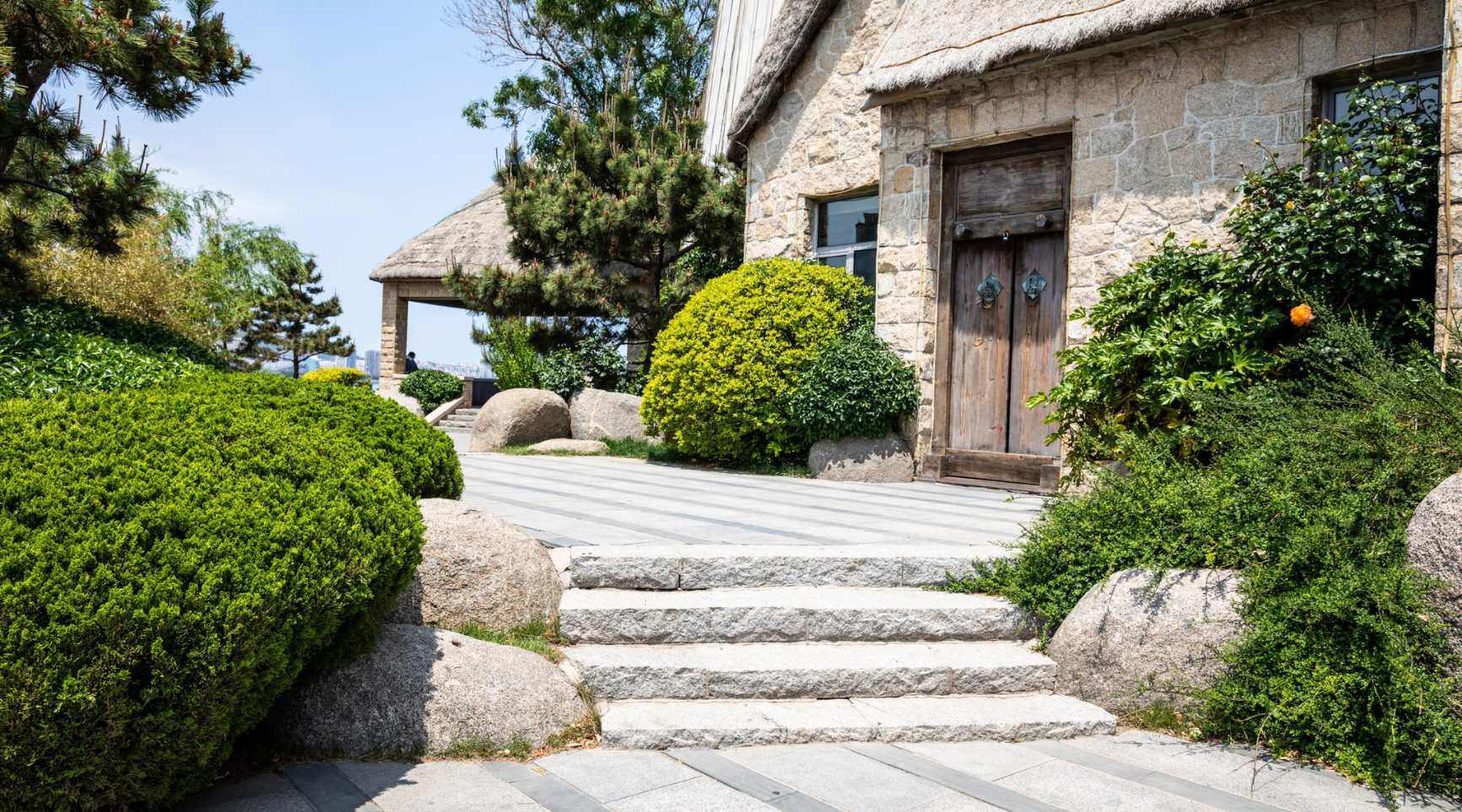
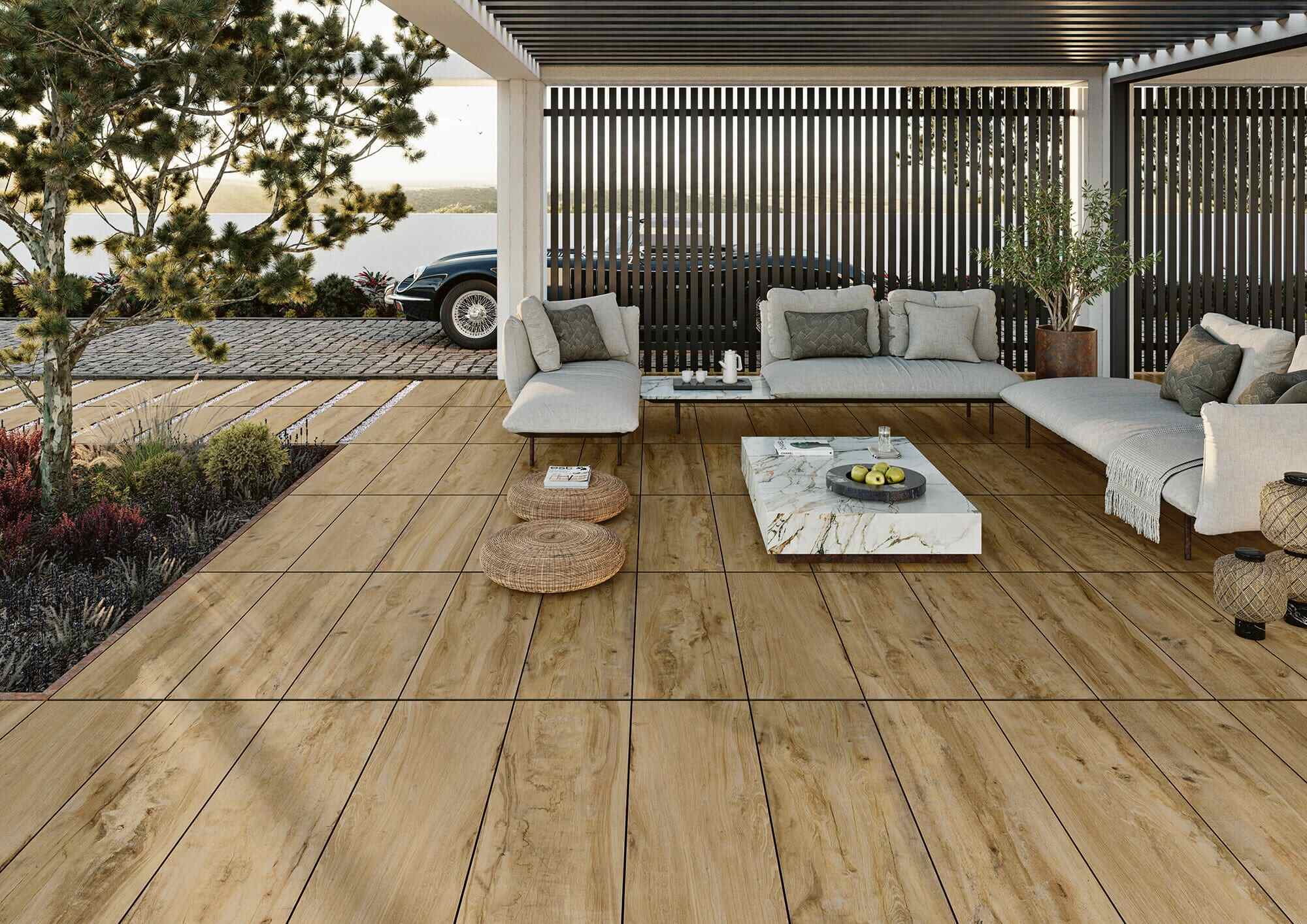
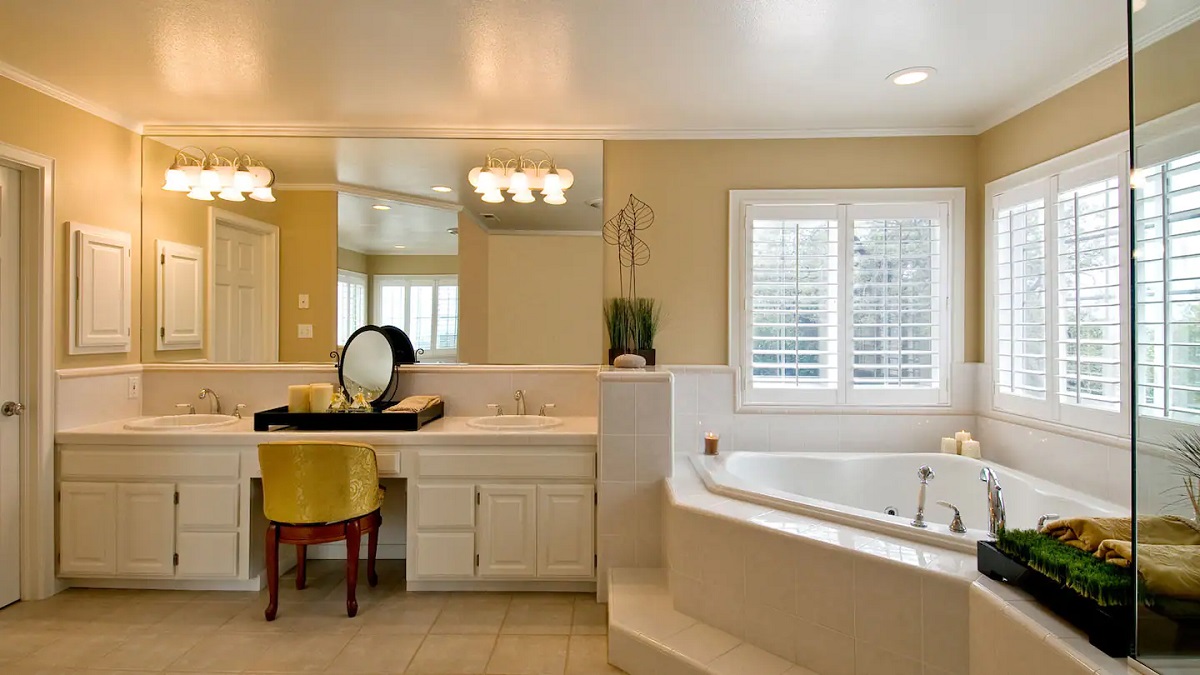
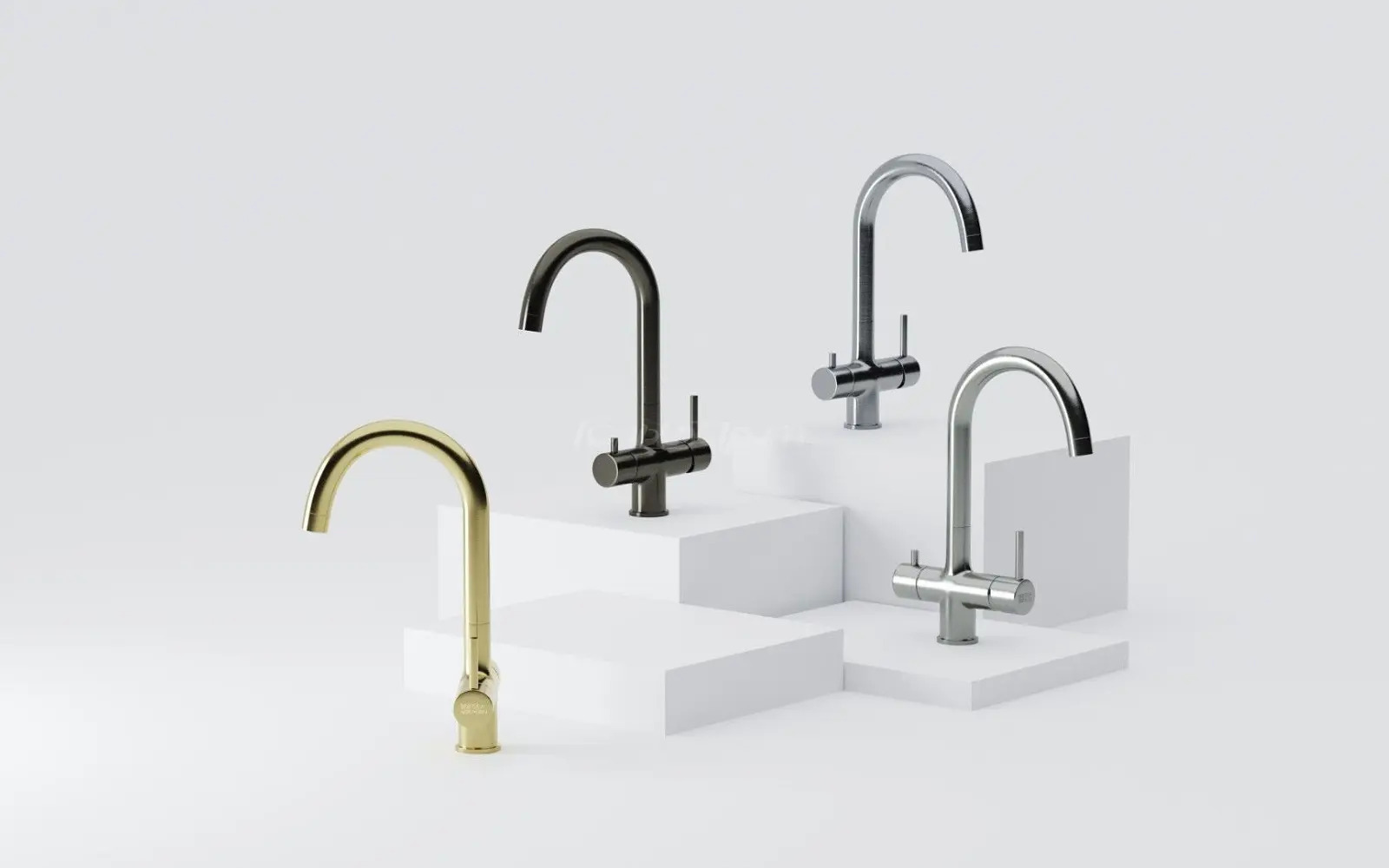
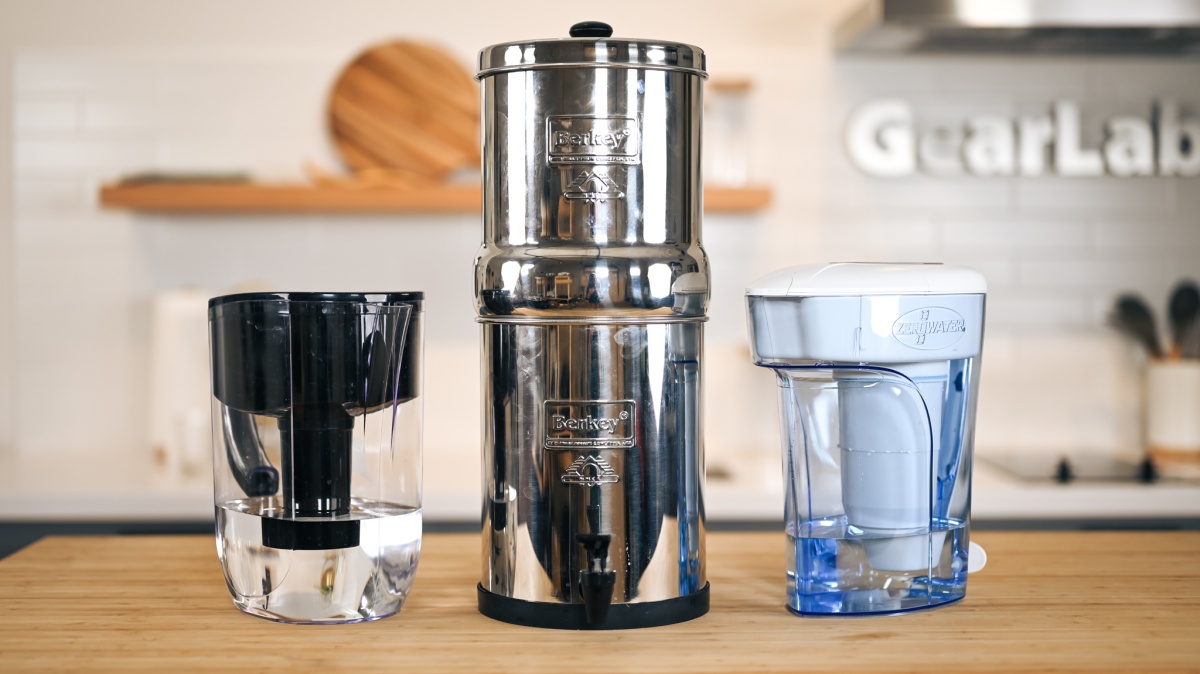
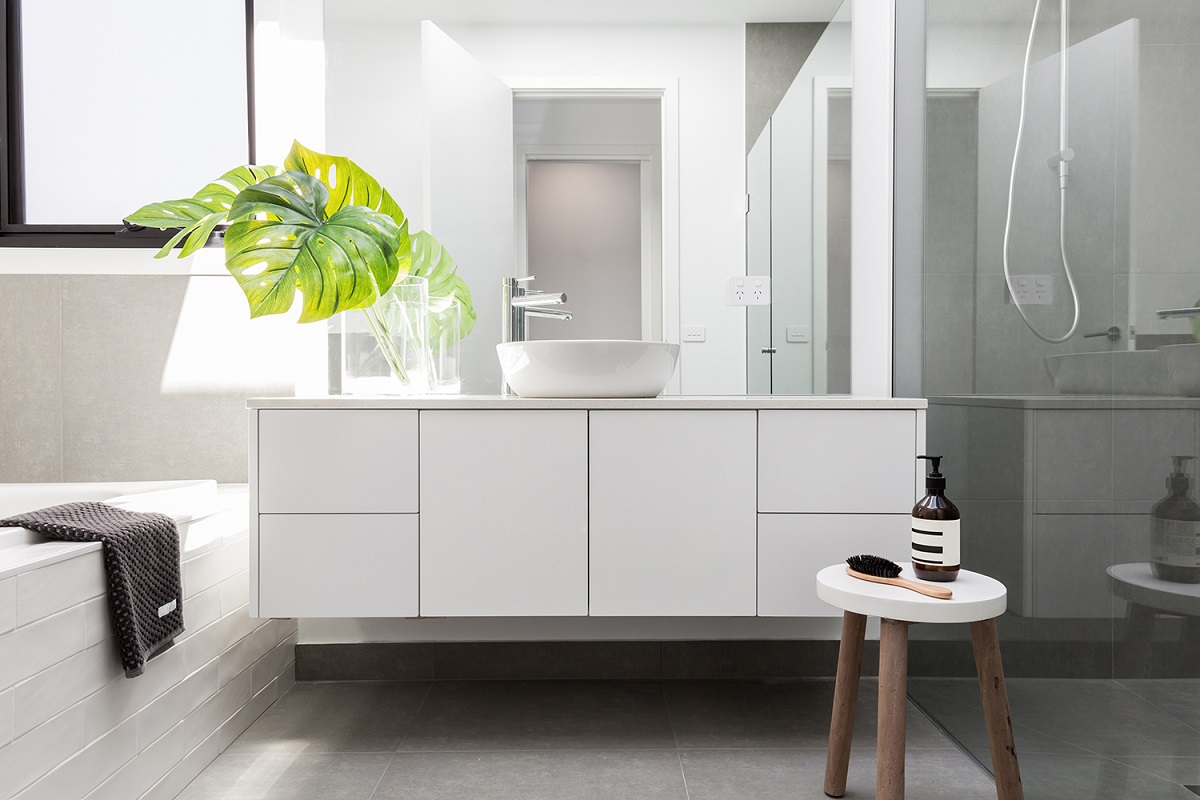
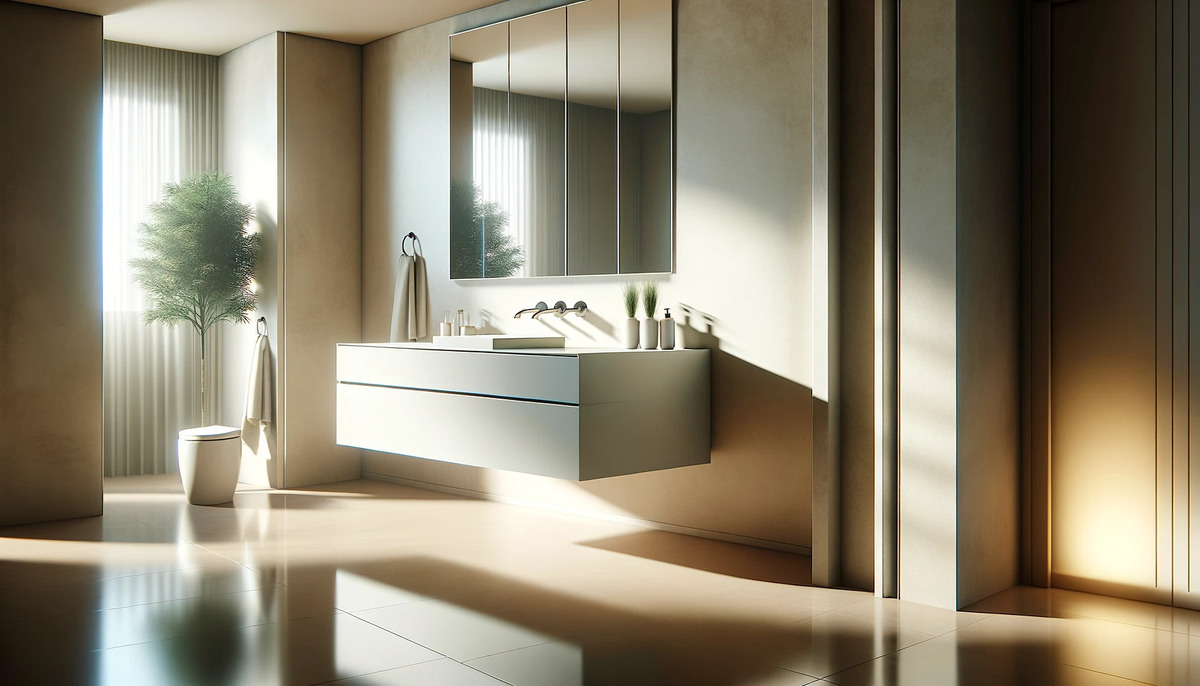
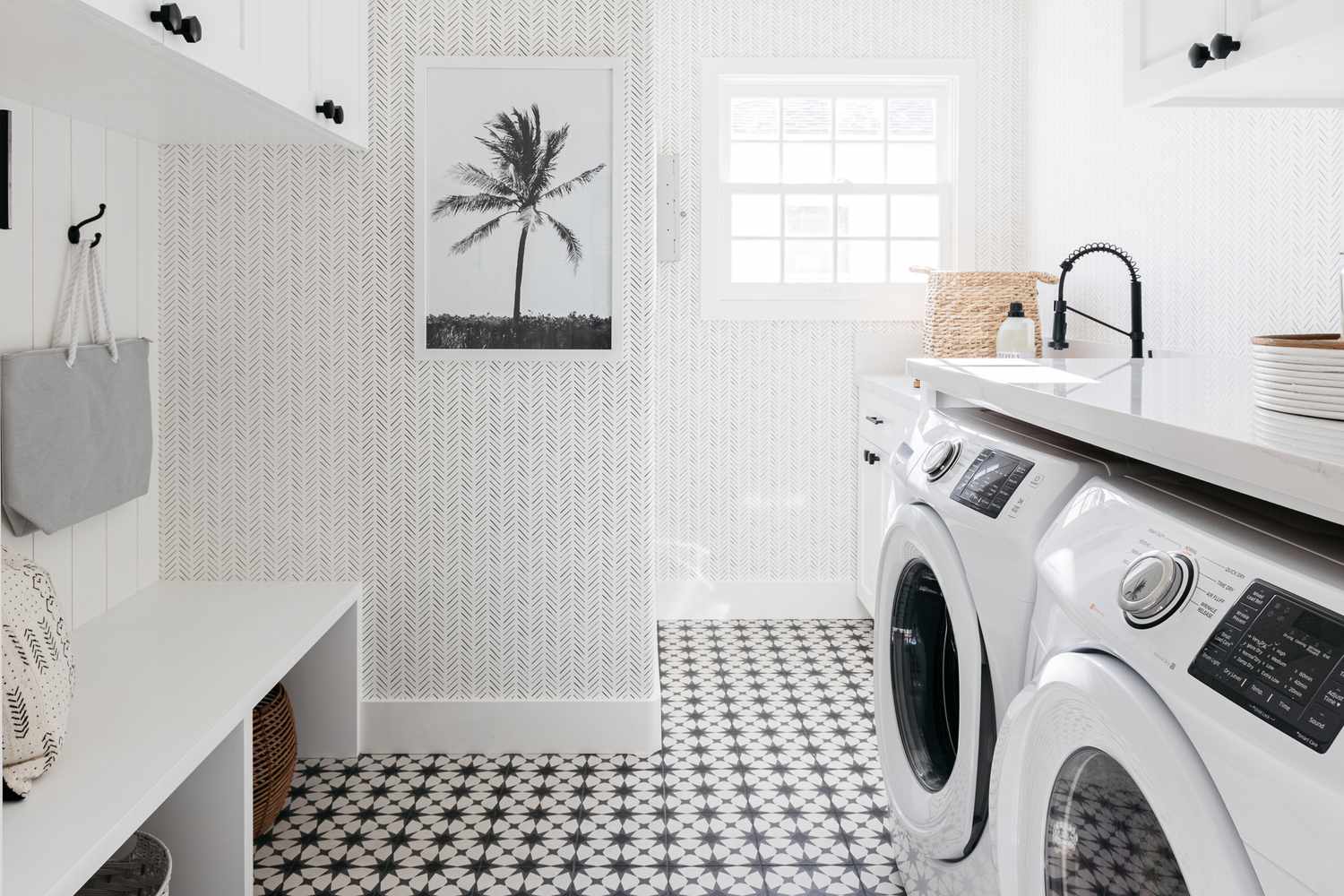
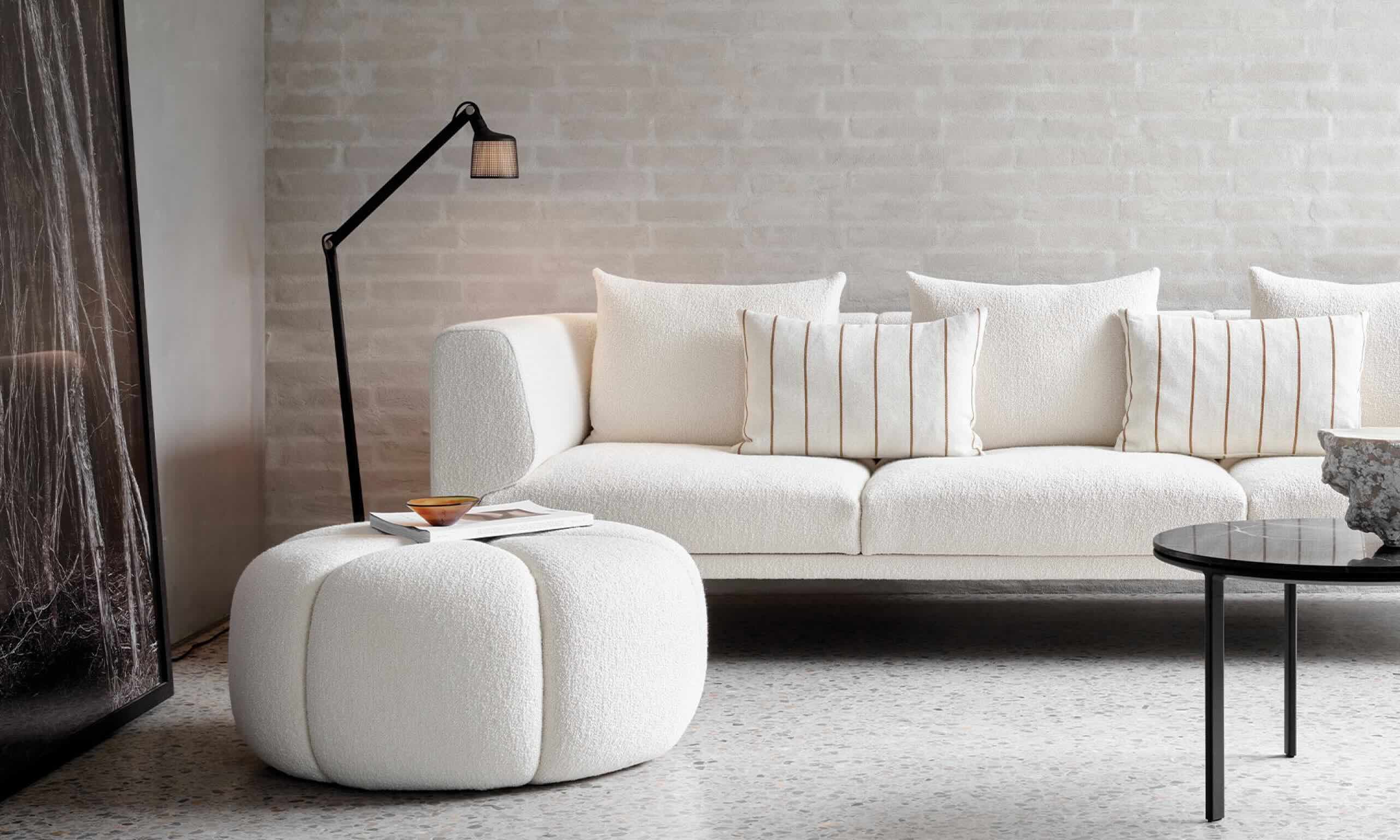
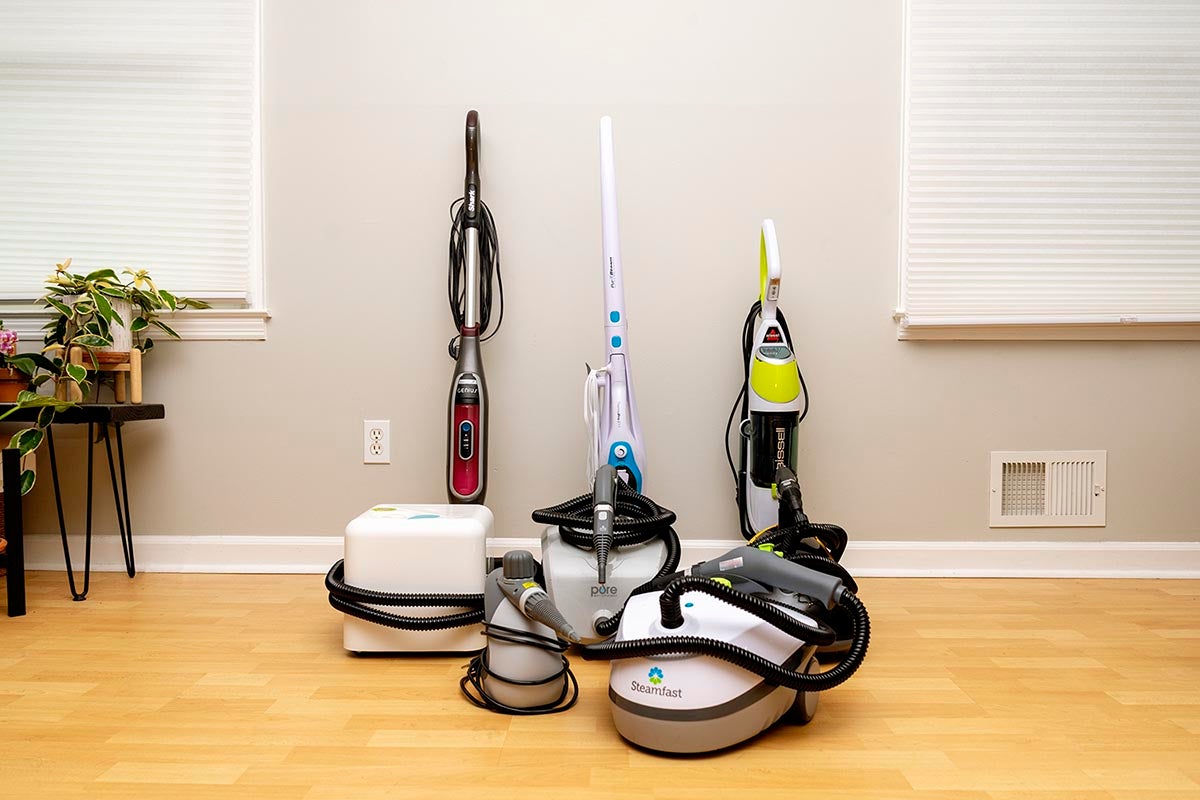
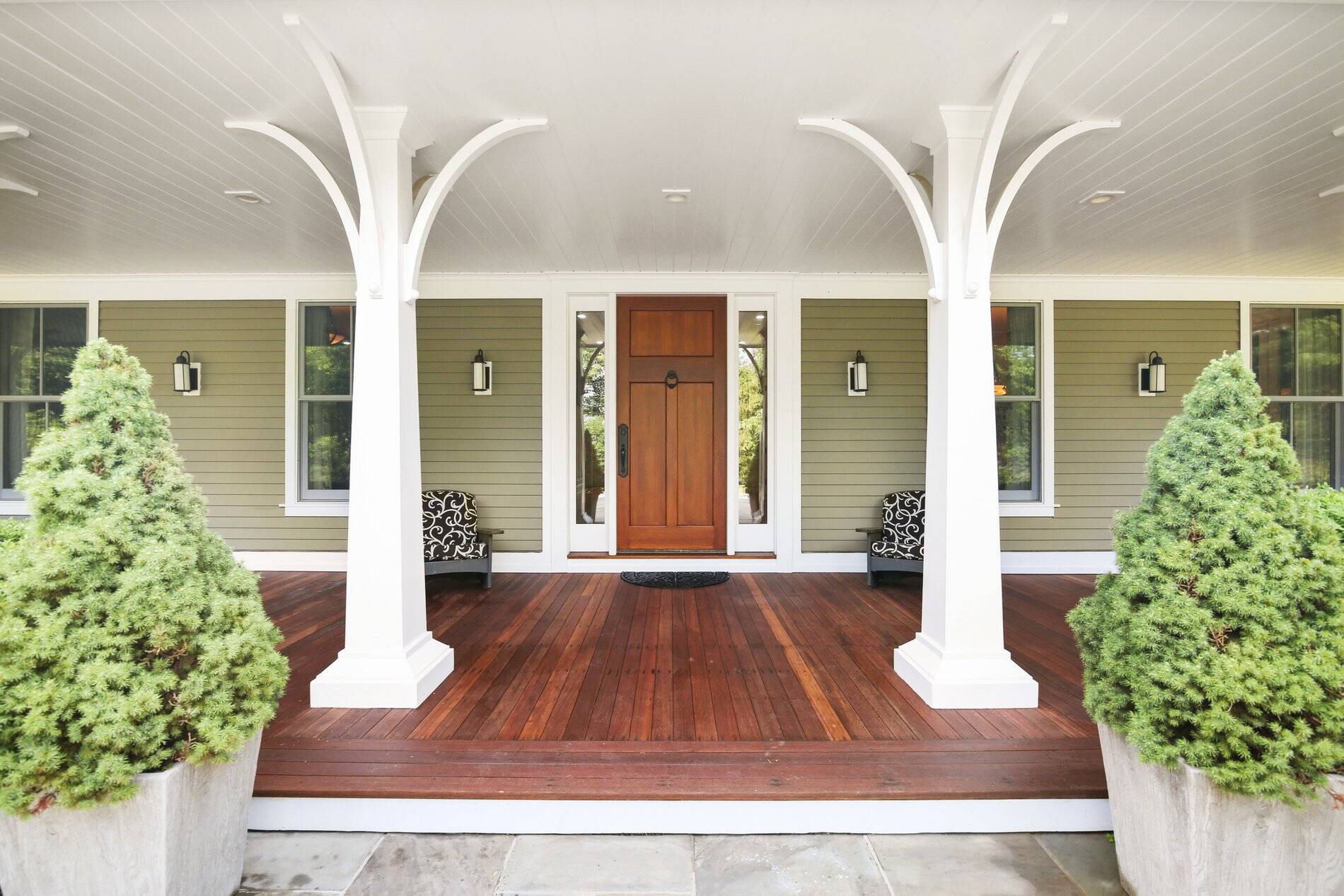
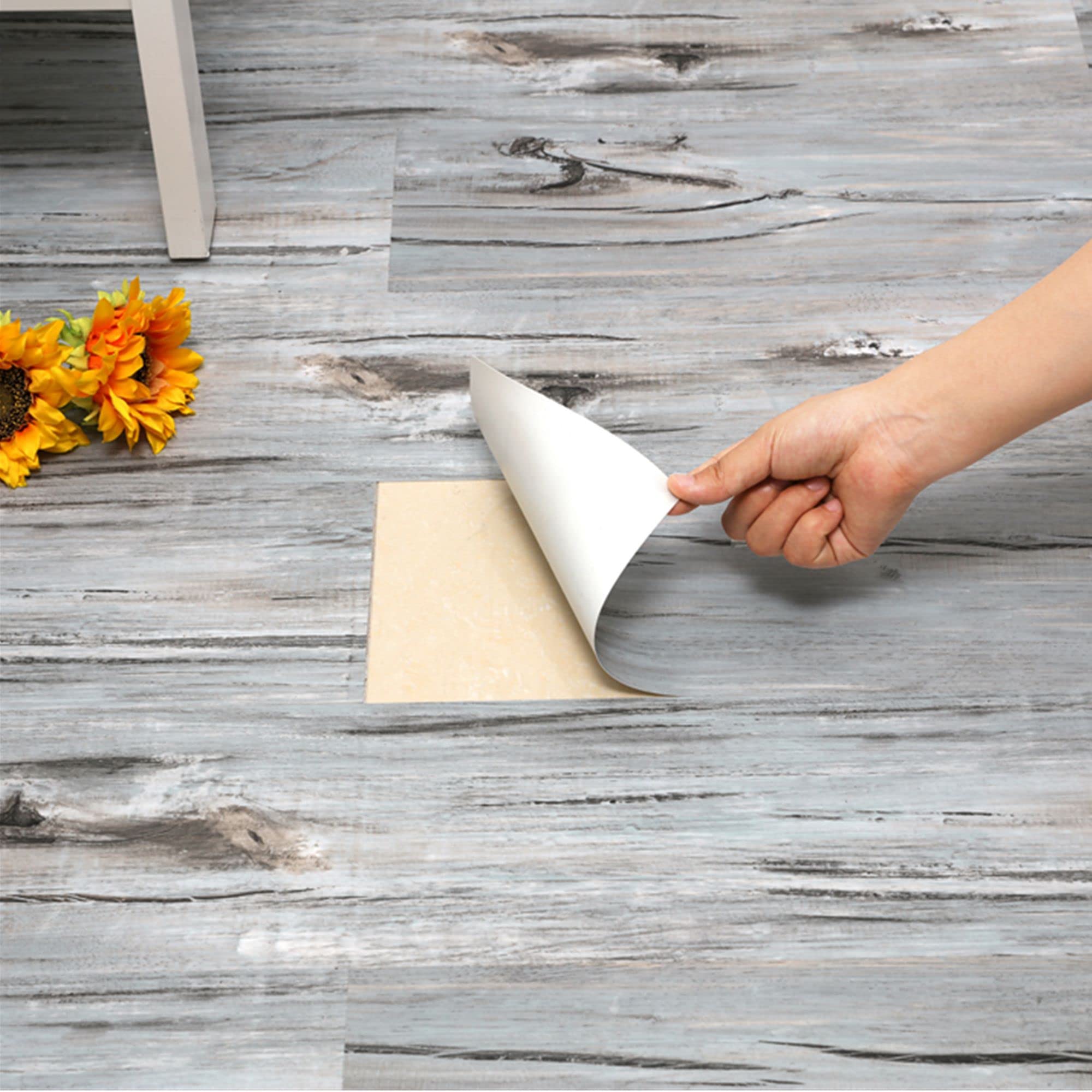


0 thoughts on “What Is The Best Flooring For A Bathroom?”